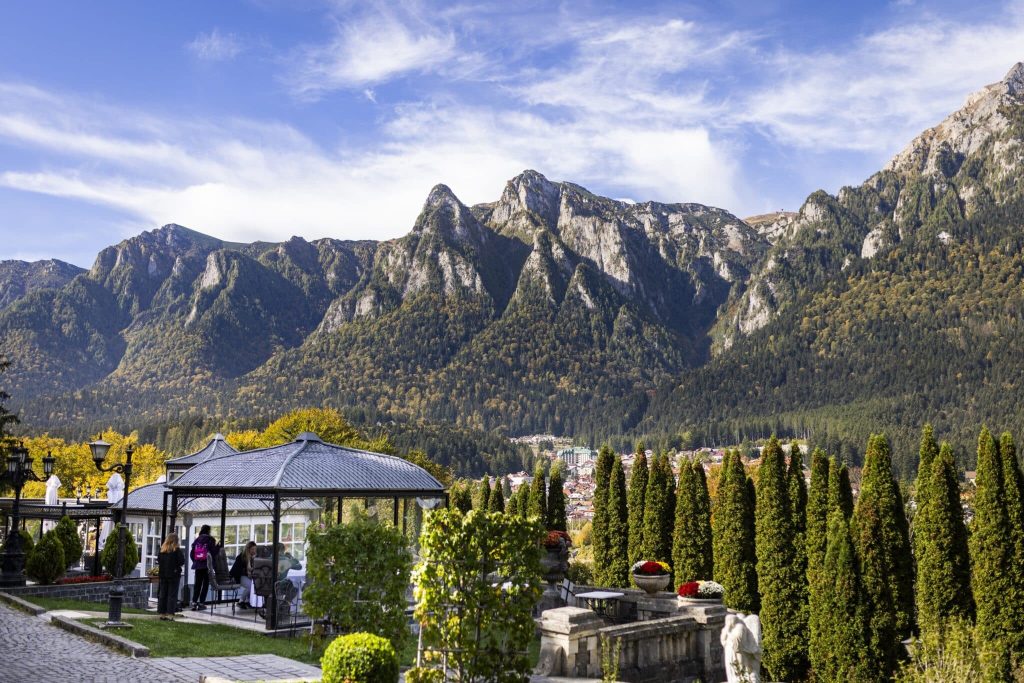Keywords to target: Romanian cuisine, traditional Romanian food, Romanian recipes, Romanian wine, New Romanian Cuisine, Romanian culinary heritage, local ingredients Romania, Romanian food culture
A New Era for Romanian Cuisine
Romanian cuisine is entering a new era, bringing back long-forgotten recipes and celebrating local ingredients. As food writer and scholar Adriana Sohodoleanu notes, in Romania, the first question mothers often ask is: “What would you like to eat today?” — a symbol of unconditional love expressed through food.
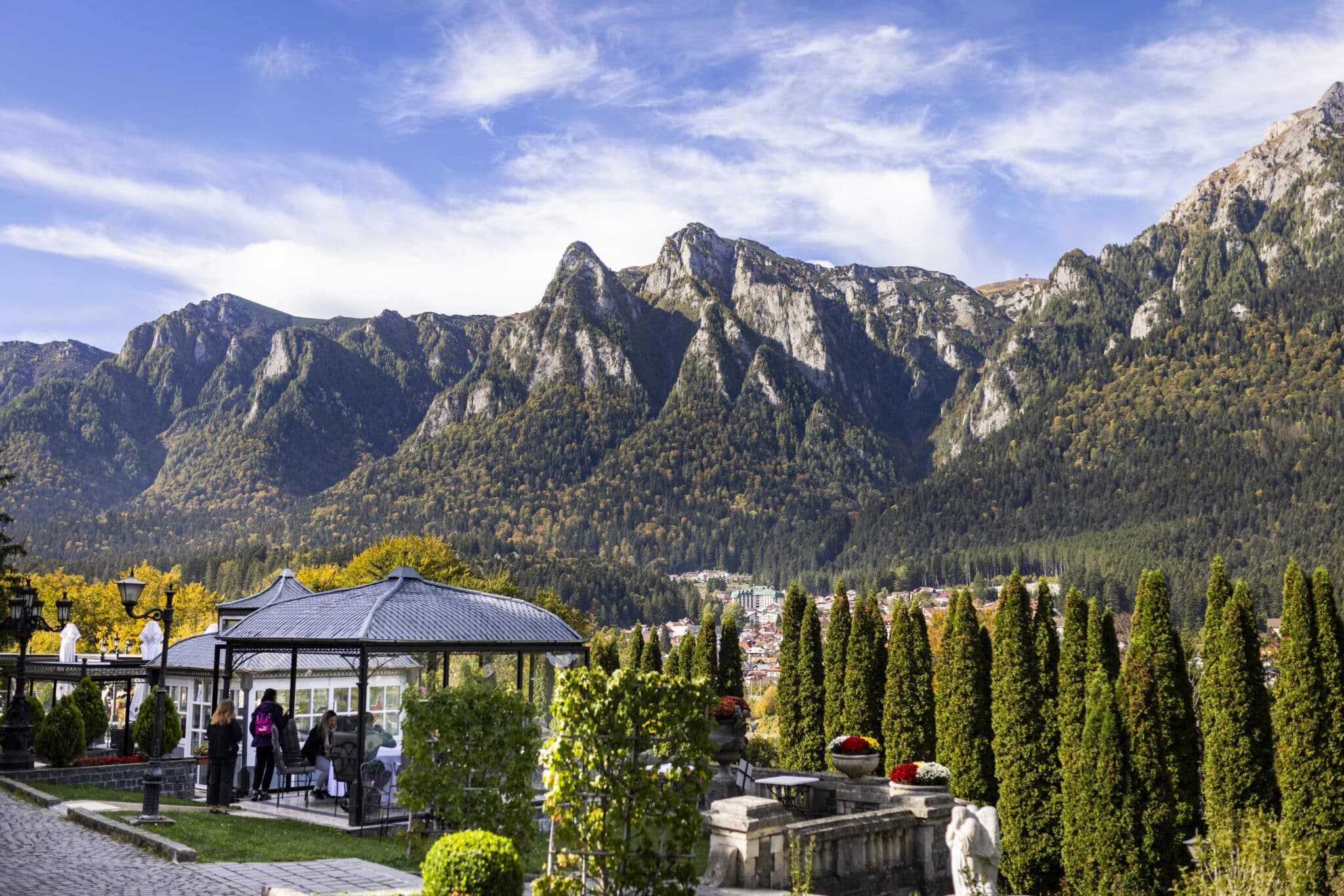
In Romania, gatherings rarely happen without abundant food and wine. Around the table, people share laughter, stories, and memories tied to recipes passed down through generations. With ten historical regions, Romania boasts a rich diversity of culinary traditions.
Regional Romanian Specialties
From Moldovan poale-n brâu pastries and wines like Busuioacă de Bohotin, to Dobruja’s iconic fish dishes like storceag (a silky sturgeon soup), every region contributes unique flavors to Romanian cuisine.
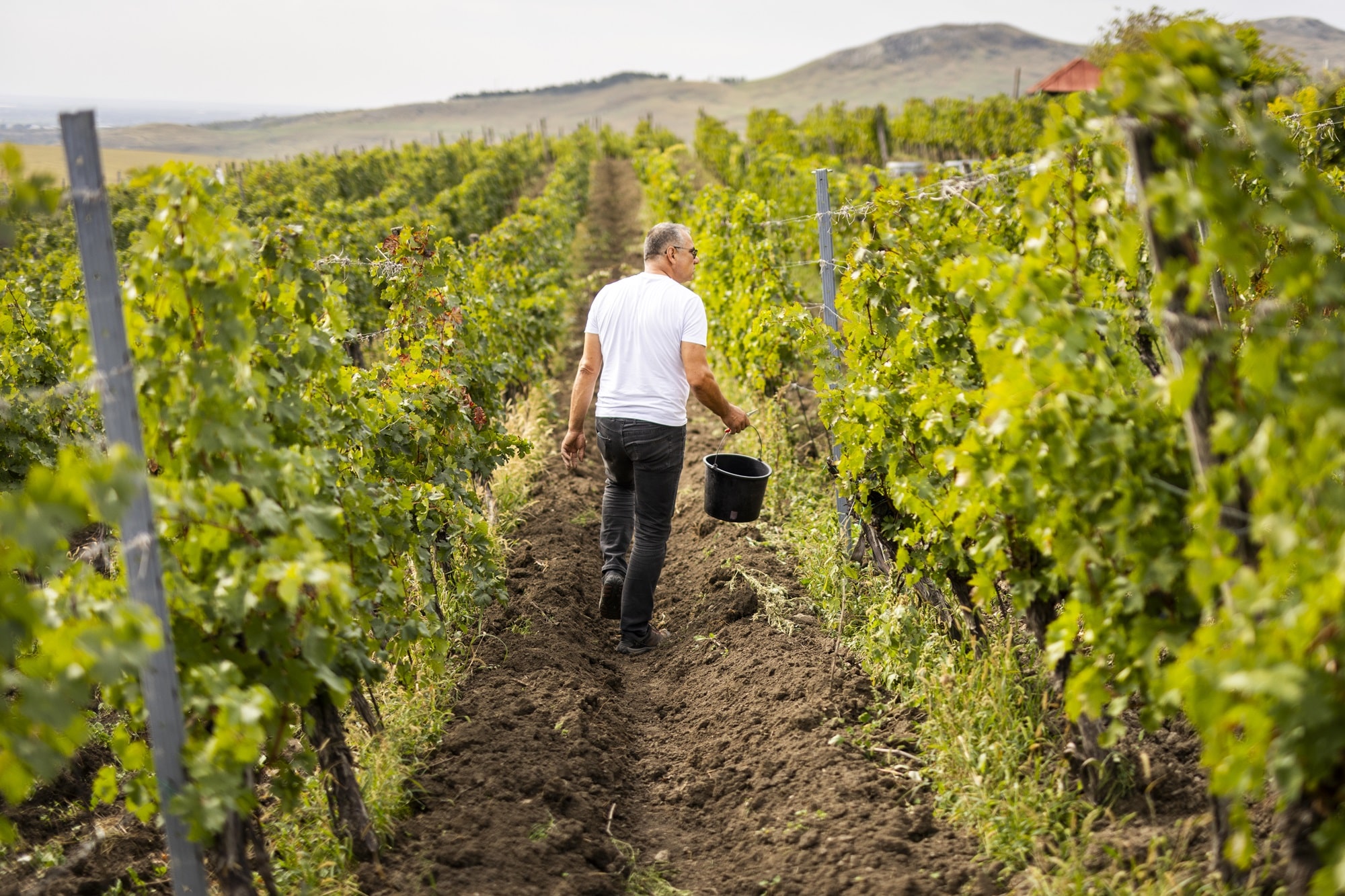
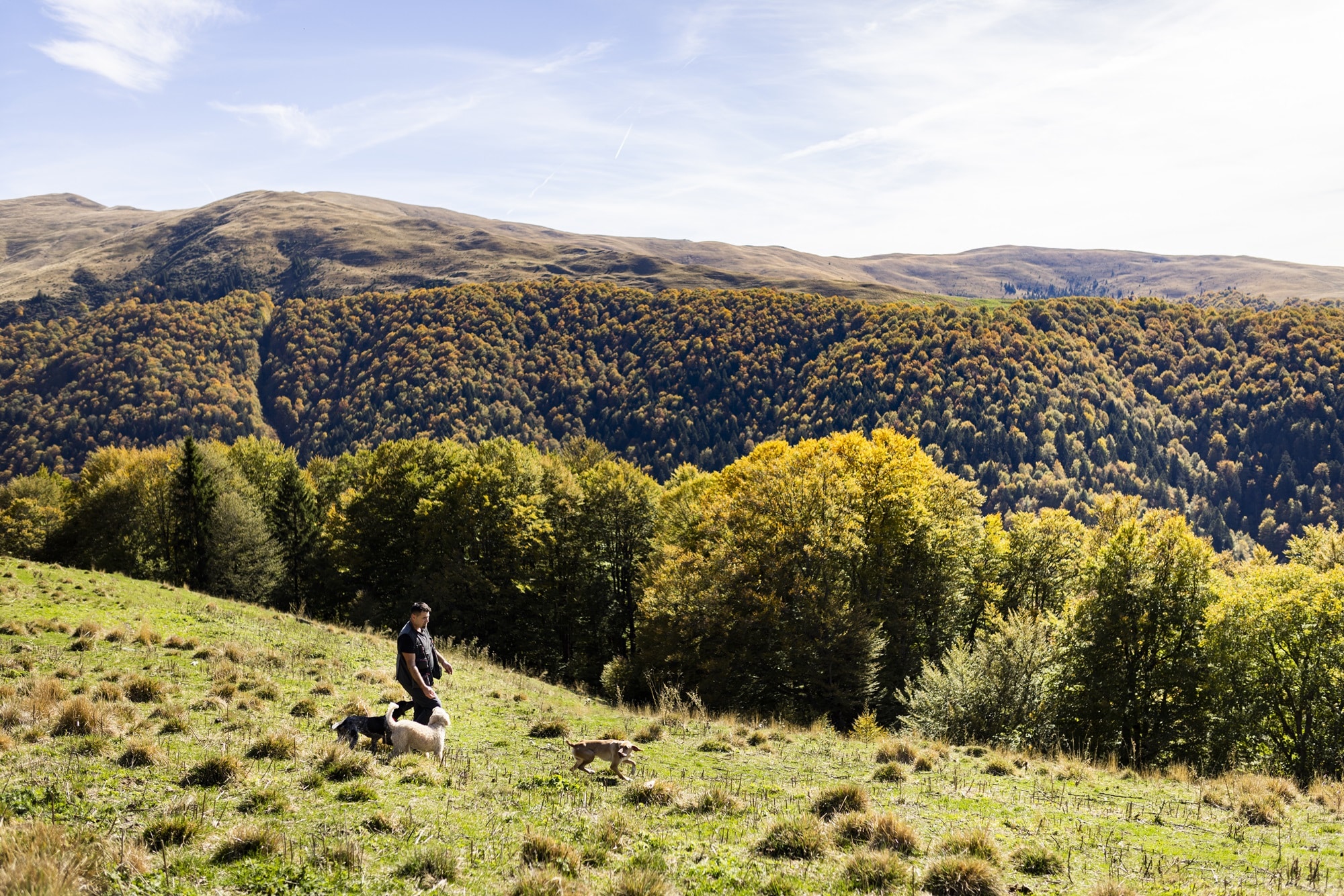
Muntenia is known for its award-winning wines from Buzău County and truffles from Prahova, while Transylvania blends Saxon, Hungarian, and Jewish influences with dishes like hanklich (plum and cream tart), goulash, and ciolent.
The New Romanian Cuisine Movement
The New Romanian Cuisine movement emphasizes seasonality, heritage ingredients, and sustainability. Chefs highlight trufandale (first seasonal produce), rediscovered plants like ramson and nettles, and reinterpret traditional recipes for modern tastes.
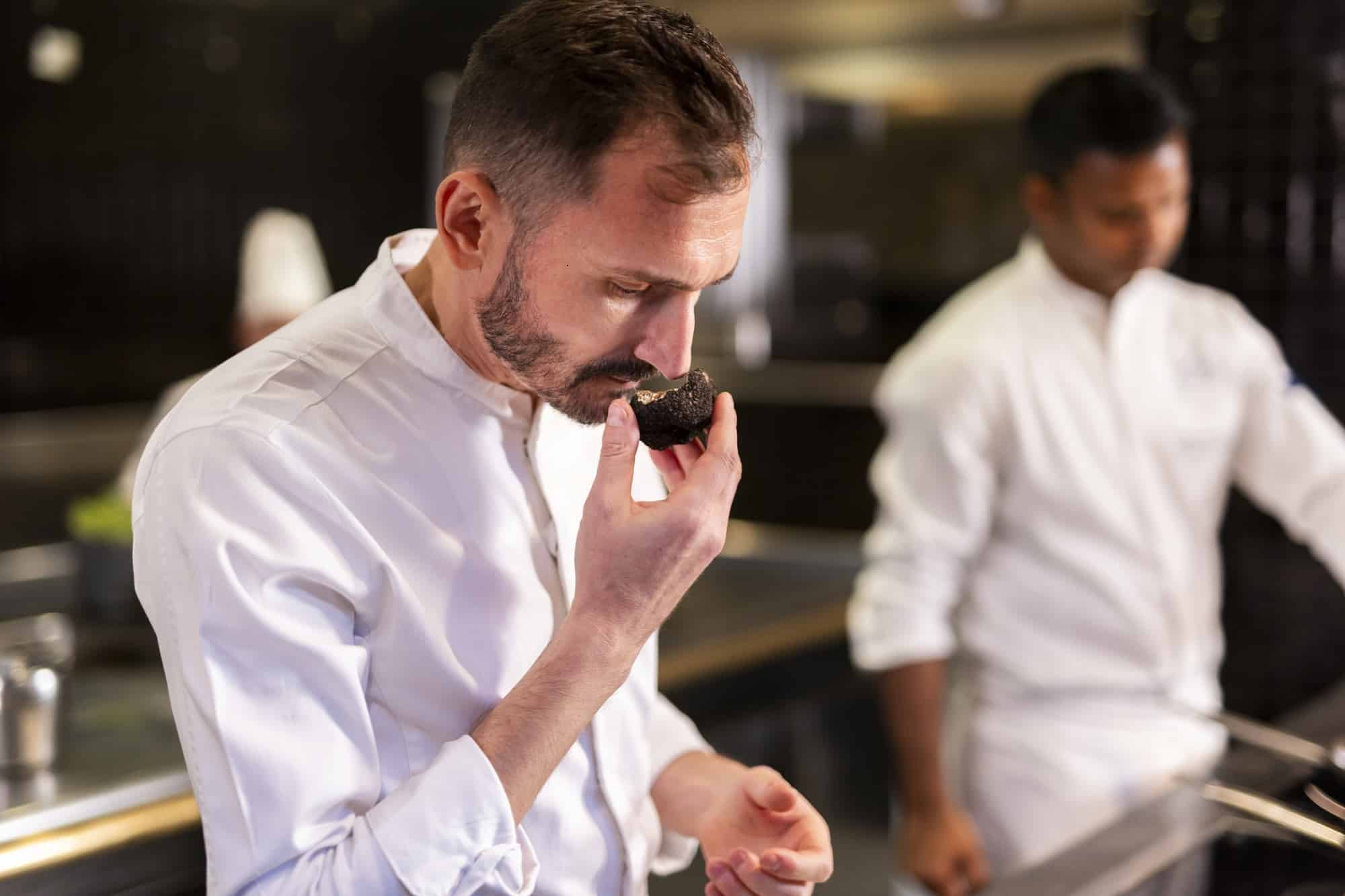
This culinary philosophy mirrors the Danish New Nordic Cuisine pioneered by René Redzepi, inspiring Romanian chefs to celebrate authenticity and reconnect with local farmers and small producers.
From Farm to Table: Local Producers & Pride
Partnerships between chefs and local farmers have transformed the food scene. For example, JW Marriott Bucharest Grand Hotel purchases the entire raspberry crop of Nicușor Marcel Soare, turning his berries into desserts and cocktails.
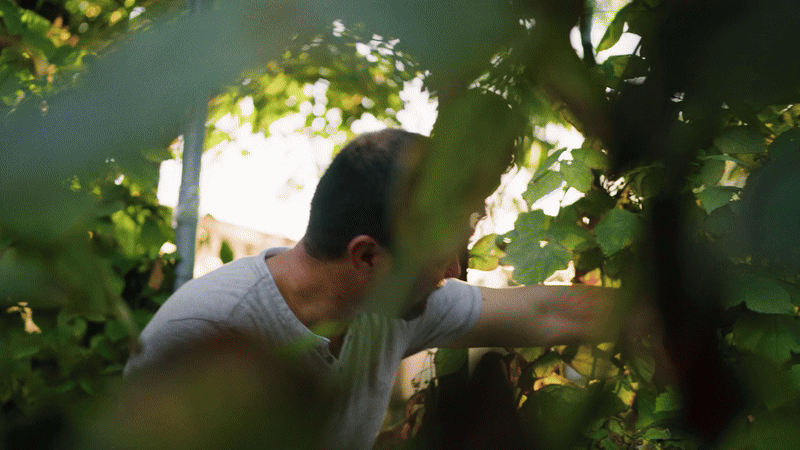
This farm-to-table approach fosters not only culinary excellence but also a renewed sense of pride and belonging in Romanian food culture.
Iconic Romanian Dishes Reimagined
At restaurants like Blank in Bucharest, diners experience Romania’s culinary heritage in modern ways:
Truffled ravioli – modest yet bold, representing Romanian character.
Pleşcoi sausages risotto – inspired by local outlaw traditions.
Mămăligă (Romanian polenta) – served both as rustic bulz with cheese and as a refined mousse with shrimp and truffles.
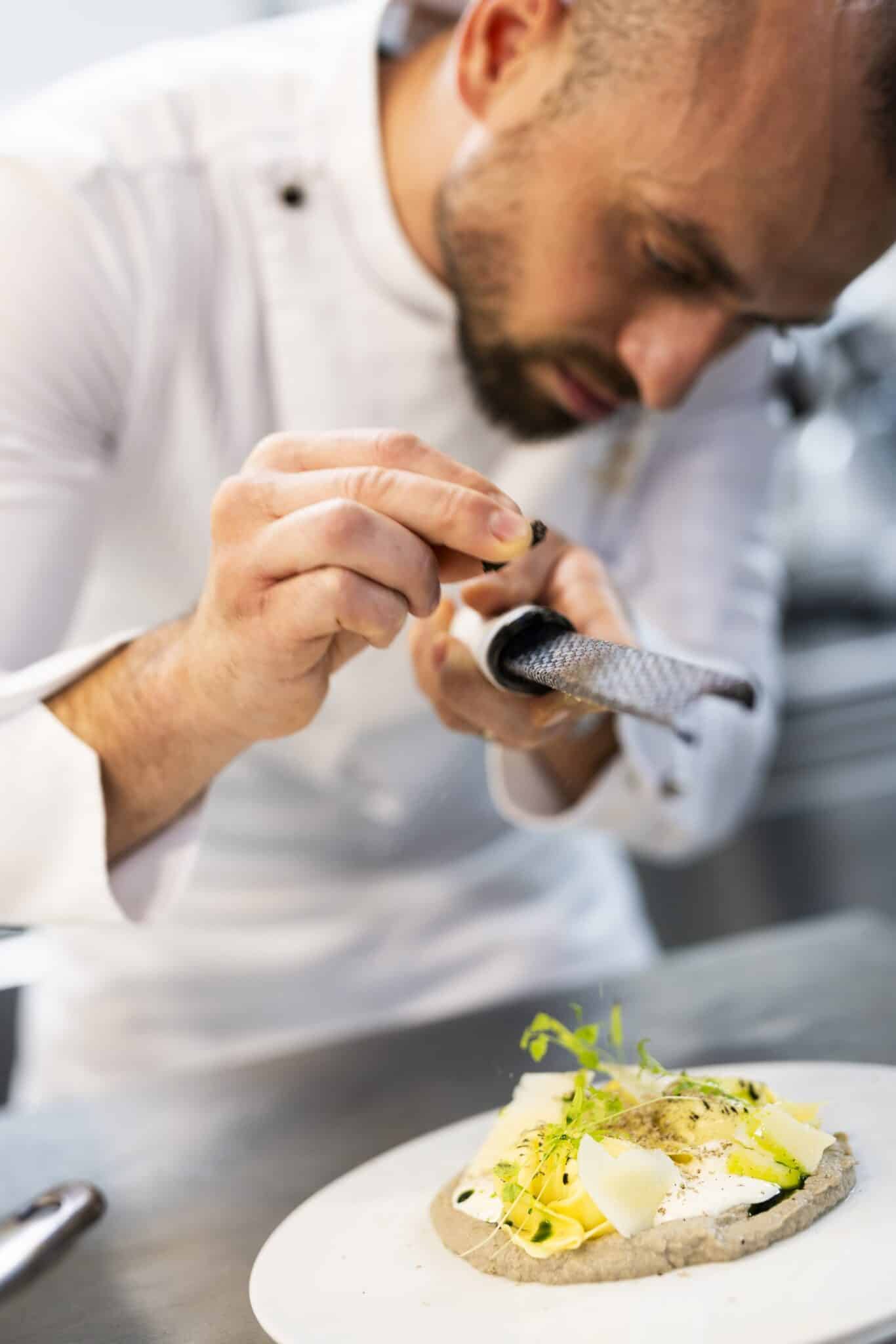
Wine, Truffles, and Heritage
Romania has over 2,000 years of winemaking tradition, with regions like Dealu Mare producing wines comparable to Bordeaux. Coupled with the black diamonds of the earth — truffles, Romanian gastronomy is positioning itself on the global culinary map.

Conclusion: A Culinary Identity Reborn
Today, Romanian cuisine bridges past and present. Heritage recipes and local ingredients inspire a new wave of chefs, farmers, and food lovers. This movement resists globalization and industrial uniformity, instead fostering pride, sustainability, and cultural identity.
Food in Romania is no longer just about nourishment — it is a way to remember, celebrate, and share identity with the world.

